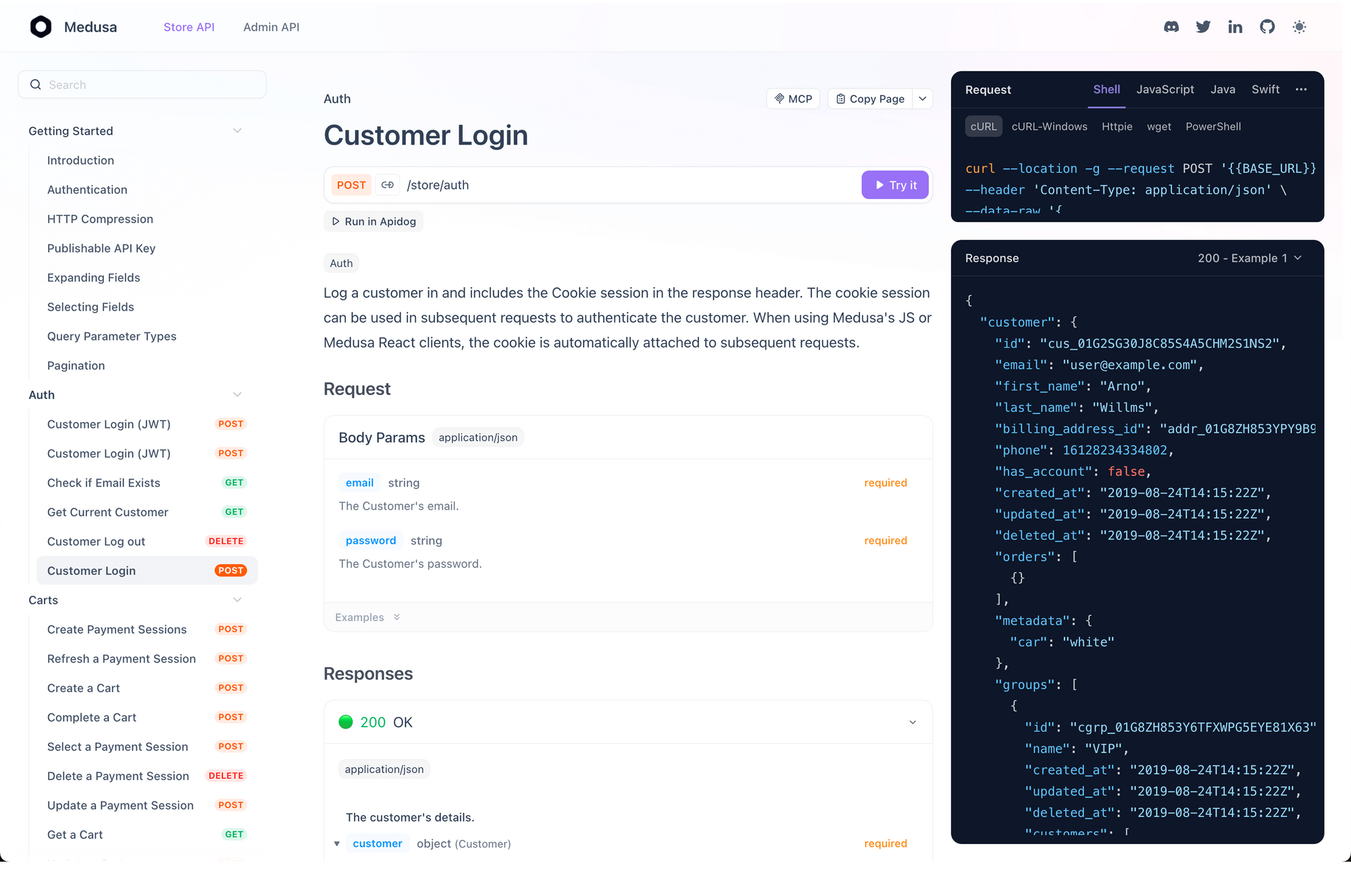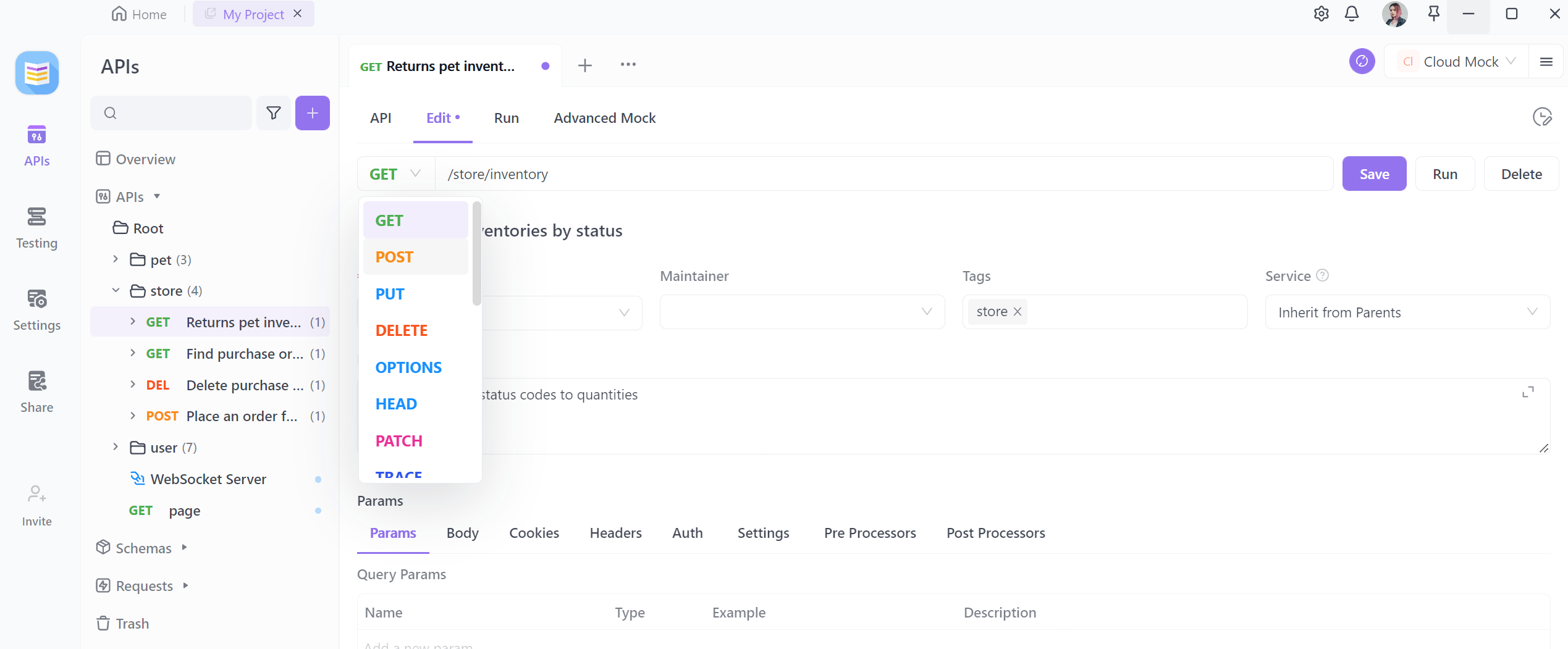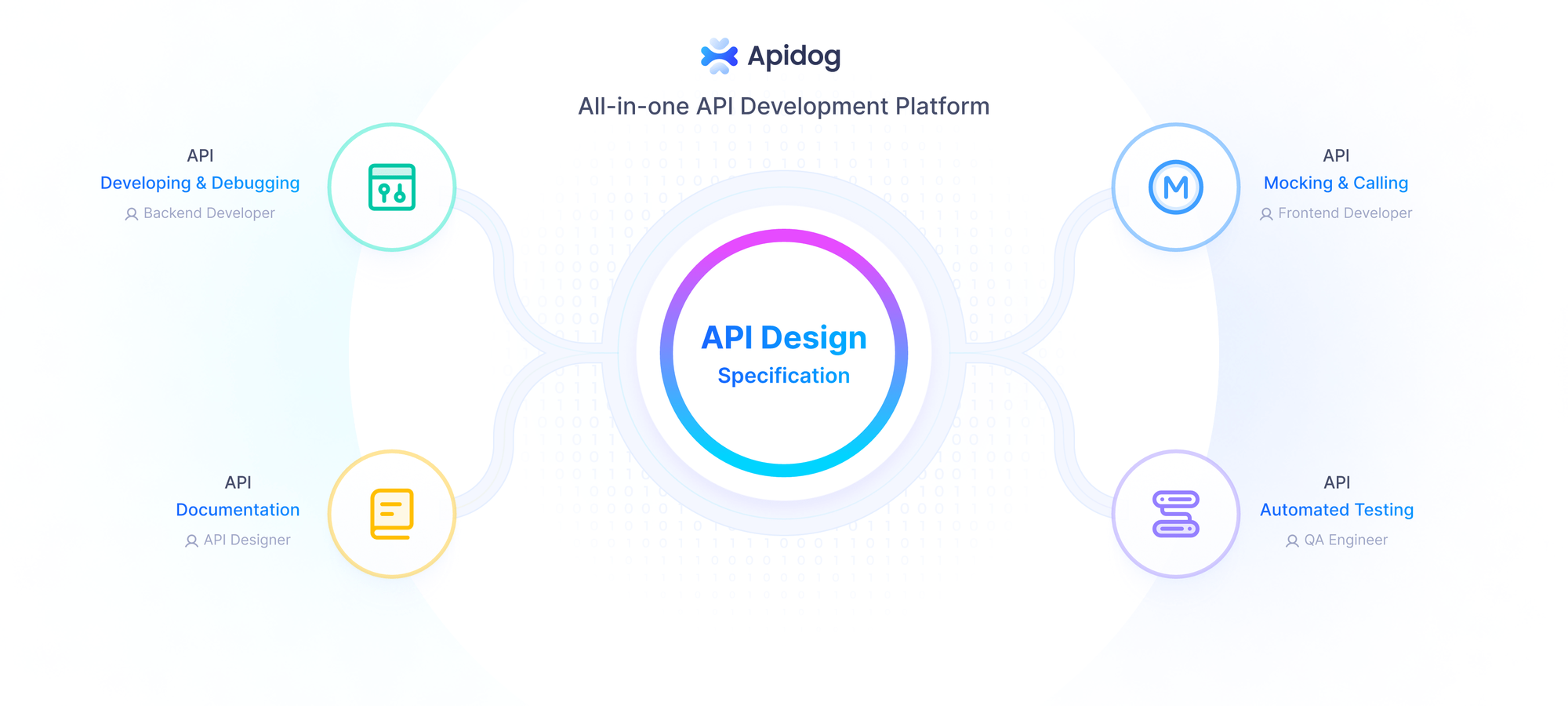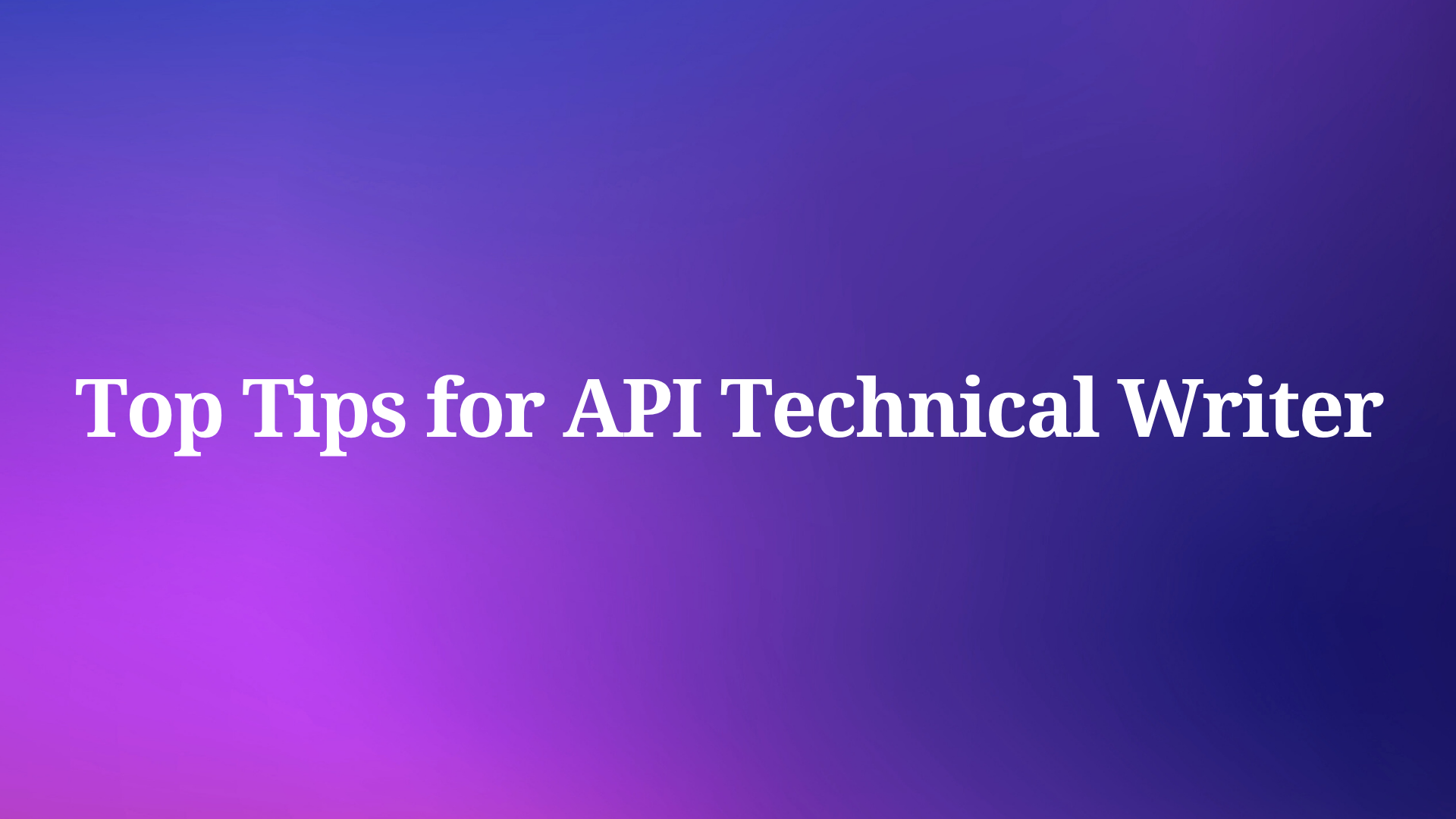Writing effective API documentation requires more than just technical knowledge. As APIs become the backbone of modern software development, technical writers face unique challenges that demand specialized skills and approaches. Whether you're new to API documentation or looking to improve your existing skills, understanding these proven strategies can transform your documentation from confusing to crystal clear.
Understanding the API Documentation Landscape
API documentation serves as the bridge between complex technical functionality and practical implementation. Unlike traditional software documentation, API docs must cater to developers who need precise, actionable information to integrate services successfully. Therefore, technical writers must balance thoroughness with clarity while maintaining accuracy across multiple programming languages and use cases.

The modern API ecosystem moves rapidly, with new endpoints, parameters, and authentication methods appearing regularly. Consequently, technical writers must develop systems that accommodate frequent updates without compromising quality. Furthermore, today's APIs often serve diverse audiences, from junior developers to senior architects, requiring documentation that scales across skill levels.
Essential Skills Every API Technical Writer Needs
Master Multiple Programming Languages
Successful API technical writers don't need to be expert programmers, but they must understand fundamental programming concepts across languages. JavaScript, Python, Java, and cURL examples appear in most API documentation, so familiarity with syntax and common patterns proves invaluable. Additionally, understanding HTTP methods, status codes, and request/response structures forms the foundation of effective API communication.

Moreover, grasping authentication protocols like OAuth, API keys, and JWT tokens enables writers to explain security implementation clearly. When writers understand these concepts deeply, they can anticipate developer questions and provide comprehensive guidance that reduces support requests.
Develop Strong Research and Testing Abilities
API technical writers must become skilled researchers who can extract information from various sources. Engineering teams, product managers, and existing codebases all contain crucial details that shape documentation quality. Additionally, writers should learn to test APIs independently using tools like Postman, Insomnia, or Apidog to verify accuracy and identify edge cases.
Testing also reveals practical implementation challenges that might not be obvious from specifications alone. When writers experience the API from a developer's perspective, they can provide more helpful guidance and anticipate common pitfalls.
Creating User-Centered API Documentation
Start with Developer Goals
Effective API documentation begins with understanding what developers want to accomplish. Rather than simply listing every possible parameter, successful technical writers organize information around common use cases and workflows. For instance, authentication typically comes first, followed by basic operations, then advanced features.
Subsequently, writers should structure content to support both quick reference and step-by-step guidance. Developers often switch between these modes depending on their familiarity with the API and current task complexity. Therefore, documentation should accommodate both scanning and deep reading patterns.
Write Clear, Actionable Instructions
API documentation must provide concrete steps that developers can follow immediately. Vague descriptions like "configure the appropriate settings" frustrate users who need specific parameter names, values, and examples. Instead, technical writers should specify exact requirements, including data types, formatting rules, and validation constraints.
Furthermore, every code example should be complete and runnable. Partial snippets that omit crucial details force developers to guess missing information, leading to implementation errors and increased support burden. Complete examples demonstrate proper usage while serving as reliable templates for custom implementations.
Mastering Technical Communication Strategies
Balance Technical Accuracy with Accessibility
API documentation must be precise enough for experienced developers while remaining accessible to those learning new technologies. This balance requires careful word choice and progressive disclosure of complexity. Technical writers should introduce concepts gradually, building from familiar foundations to advanced topics.
Additionally, consistent terminology throughout documentation prevents confusion and reduces cognitive load. When writers establish clear definitions for technical terms and use them consistently, developers can focus on implementation rather than decoding language variations.
Implement Effective Information Architecture
Well-organized API documentation follows logical progression that matches developer workflows. Authentication and setup information should precede endpoint descriptions, while reference materials should be easily accessible from any documentation section. Moreover, search functionality and cross-linking help developers navigate between related concepts efficiently.
Navigation design significantly impacts documentation usability. Clear section headings, progress indicators, and contextual links help developers maintain orientation within complex information structures. When writers consider information architecture carefully, they create documentation that supports efficient task completion.
Leveraging Tools and Technologies
Choose the Right Documentation Platform
Modern API documentation platforms offer features specifically designed for technical content. Interactive code examples, automatic API testing, and multi-language support can significantly improve documentation quality and user experience. Platforms like GitBook, Confluence, or specialized API documentation tools provide templates and workflows optimized for technical writing.
However, tool selection should align with team workflows and maintenance requirements. The best platform is one that writers can update easily and consistently. Therefore, consider factors like version control integration, collaborative editing features, and publishing automation when evaluating options.
Integrate with Development Workflows
API documentation stays current when it's integrated into development processes. Writers should establish relationships with engineering teams to receive early notification of API changes. Additionally, automated testing can verify that code examples continue working as APIs evolve.
Version control systems like Git enable writers to track documentation changes alongside code updates. This integration helps maintain accuracy while providing historical context for API evolution. Furthermore, automated publishing pipelines can ensure that documentation updates reach users quickly after API changes.
Advanced Techniques for API Documentation Excellence
Create Comprehensive Code Examples
Effective API documentation includes code examples for multiple programming languages and frameworks. These examples should demonstrate real-world usage patterns rather than minimal syntax. Additionally, examples should include error handling, edge cases, and best practices that developers encounter in production environments.
Code examples serve multiple purposes beyond basic instruction. They act as templates for developers, reduce implementation time, and demonstrate proper API usage patterns. Therefore, writers should invest time in creating comprehensive, tested examples that address common developer scenarios.
Implement Feedback and Iteration Systems
Successful API documentation improves continuously based on user feedback and usage analytics. Writers should establish channels for developers to report issues, suggest improvements, and ask questions. This feedback reveals gaps in documentation coverage and identifies areas where clarity can be improved.
Analytics data from documentation websites provides insights into user behavior and content effectiveness. High bounce rates on specific pages might indicate clarity issues, while frequently accessed sections suggest important content that deserves expansion. Regular analysis of these metrics helps writers prioritize improvement efforts effectively.
Building Strong Relationships with Development Teams
Establish Regular Communication Channels
API technical writers succeed when they maintain strong relationships with engineering teams. Regular meetings, shared Slack channels, and collaborative documentation reviews help writers stay informed about API changes and development priorities. Additionally, these relationships enable writers to ask detailed questions and verify technical accuracy.
Proactive communication prevents documentation gaps and reduces last-minute scrambling when APIs change. Writers who participate in sprint planning, design reviews, and release planning can anticipate documentation needs and prepare accordingly. This involvement also helps writers understand the broader product context that influences API design decisions.
Participate in API Design Discussions
Technical writers bring valuable perspectives to API design conversations. Their focus on user experience and clarity can identify potential usability issues before implementation. Additionally, writers can advocate for consistent naming conventions, clear error messages, and logical endpoint organization that improves both API quality and documentation clarity.
When writers participate in design discussions, they can also prepare documentation strategies that align with implementation timelines. This early involvement enables better planning and reduces the documentation debt that accumulates when writing happens after development completion.
Measuring and Improving Documentation Impact
Track Meaningful Metrics
Effective API documentation measurement goes beyond page views and download counts. Writers should track metrics that reflect actual user success, such as time-to-first-successful-API-call, support ticket volume, and developer onboarding completion rates. These metrics provide insights into documentation effectiveness and highlight areas for improvement.
Additionally, qualitative feedback from developer surveys and interviews provides context that quantitative metrics cannot capture. Understanding why developers struggle with specific concepts or workflows enables targeted improvements that have measurable impact on user success.
Iterate Based on Real Usage Data
Documentation improvement should be driven by evidence rather than assumptions. A/B testing different explanation approaches, analyzing search queries for content gaps, and monitoring support channels for recurring questions all provide valuable improvement guidance. Writers who base decisions on real usage data create documentation that better serves actual developer needs.
Regular content audits help identify outdated information, broken links, and inconsistencies that accumulate over time. These maintenance activities ensure that documentation remains reliable and trustworthy, which is essential for developer confidence and adoption.
Conclusion
Becoming an effective API technical writer requires combining technical understanding with strong communication skills and systematic approaches to documentation creation. Success comes from understanding developer needs, maintaining accuracy through testing and collaboration, and continuously improving based on feedback and usage data.
The most successful API technical writers view their role as developer advocates who bridge the gap between complex technical capabilities and practical implementation. By focusing on user goals, maintaining high standards for accuracy and clarity, and building strong relationships with development teams, writers can create documentation that truly serves its intended audience.
Remember that great API documentation is never finished – it evolves with the API, the development community, and changing best practices. Writers who embrace this iterative nature and commit to continuous improvement will find the most success in this challenging but rewarding field.




